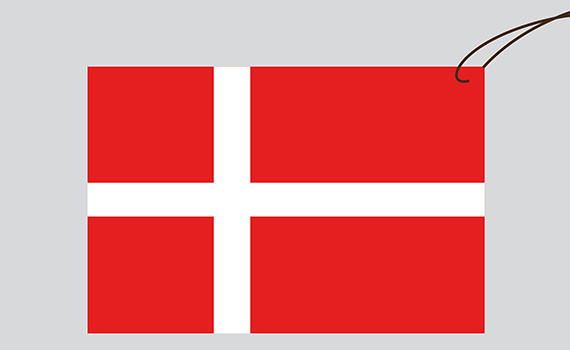Can we learn from Denmark?
website builder Proponents of antibiotic-free production often cite the experience in Denmark as “Exhibit A” in their argument against the use of antimicrobials in poultry and livestock feed.
Poultry health specialists at a recent roundtable noted that Denmark banned the use of antibiotics for growth promotion in food animals more than 20 years ago. The roundtable panel raised strong objections to this example, however.
“That’s like comparing apples to oranges,” said NC State’s Dennis Wages. European producers can still use ionophores for managing coccidiosis; ionophores aren’t classified as antibiotics in the EU as they are in the US.
In addition, Wages said, producers in Denmark still have numerous antibiotics for treating disease — many of which are also used in human medicine — that can be added to birds’ drinking water that US producers don’t have access to, including multiple fluoroquinolones and other antibiotics. It’s not fair to compare the Danish model to the US, he insisted.
Therapeutic use up
UGA’s Charles Hofacre pointed out that in Denmark, therapeutic use of antibiotics increased dramatically after in-feed antibiotics for growth promotion were banned. Now a program is being instituted in Denmark to control the amount of therapeutic antibiotics used.
To date, Wages added, initiatives in Europe to reduce antibiotic-resistant infections in humans haven’t been very successful, and it remains to be seen if they will have the intended impact. “The trend line for antibiotic resistance in Denmark or throughout Europe overall hasn’t changed,” he said.
Globally, the only documented cases where reducing antibiotics has led to fewer resistant infections in people have been in hospital settings involving hospital-acquired infections, where halting use of a certain antibiotic had an effect on the resistance of a known pathogen, Wages added.
Hofacre noted the FDA wants to figure out why fluoroquinolone resistance to Campylobacter in people isn’t changing and in some years has gone up, even though fluoroquinolones haven’t been used in US poultry for years.
He and Wages agreed that reduced antibiotic use in food animals must be followed over time to determine if it has any impact on human resistant infections.
“To try and give a snapshot view of what reduced antibiotic use in animals does for resistant infections in humans is going to be extremely difficult,” Wages said. “All other countries that have tried it have failed.”
For more articles from this special report on broiler vaccines, click on the titles below:
ROUNDTABLE: Poultry health: New challenges for a new era
Marketing vs. Medicine: Finding the balance
Posted on January 21, 2016

















